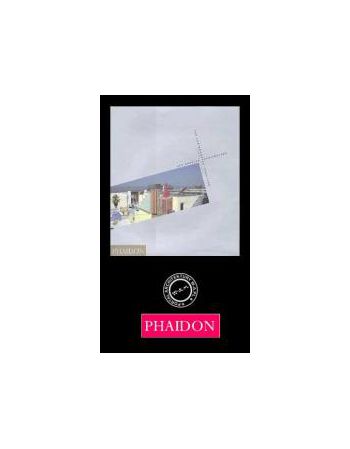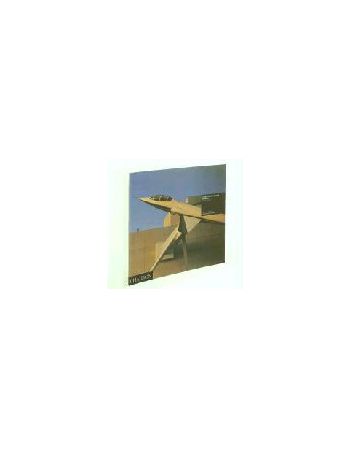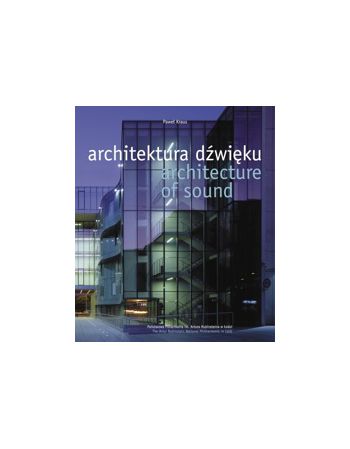Los Angeles Architecture
Dostępność: na zamówienie The architecture of Los Angeles seems at first sight to be chaotic, individualism being its only rationale. This book challenges that view, looking beneath the seductive surface to find out why the city’s architectural scene is so fascinating. Beginning with the pioneering characters of the American Arts and Crafts movement, the author traces Los Angeles’s architectural energy through the works of Frank Lloyd Wright and Rudolph Schindler to arrive at the buildings of Frank Gehry, who is widely acknowledged as a peerless interpreter of his surroundings.



